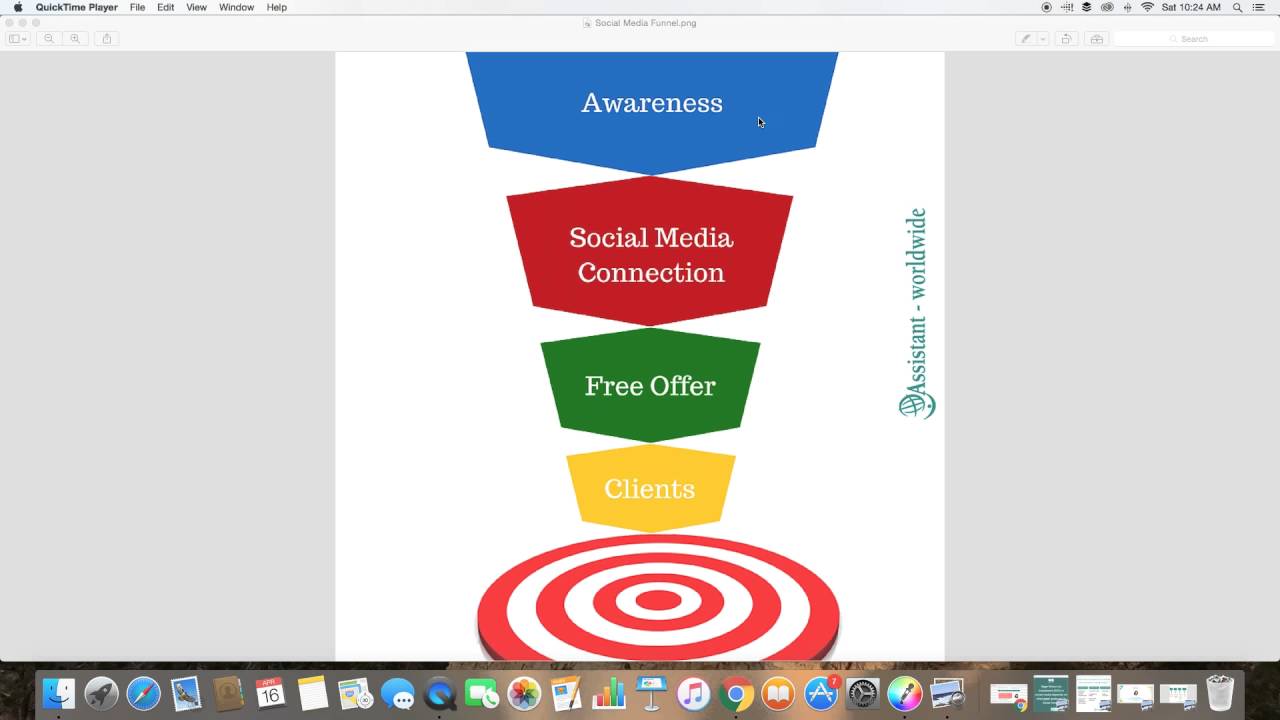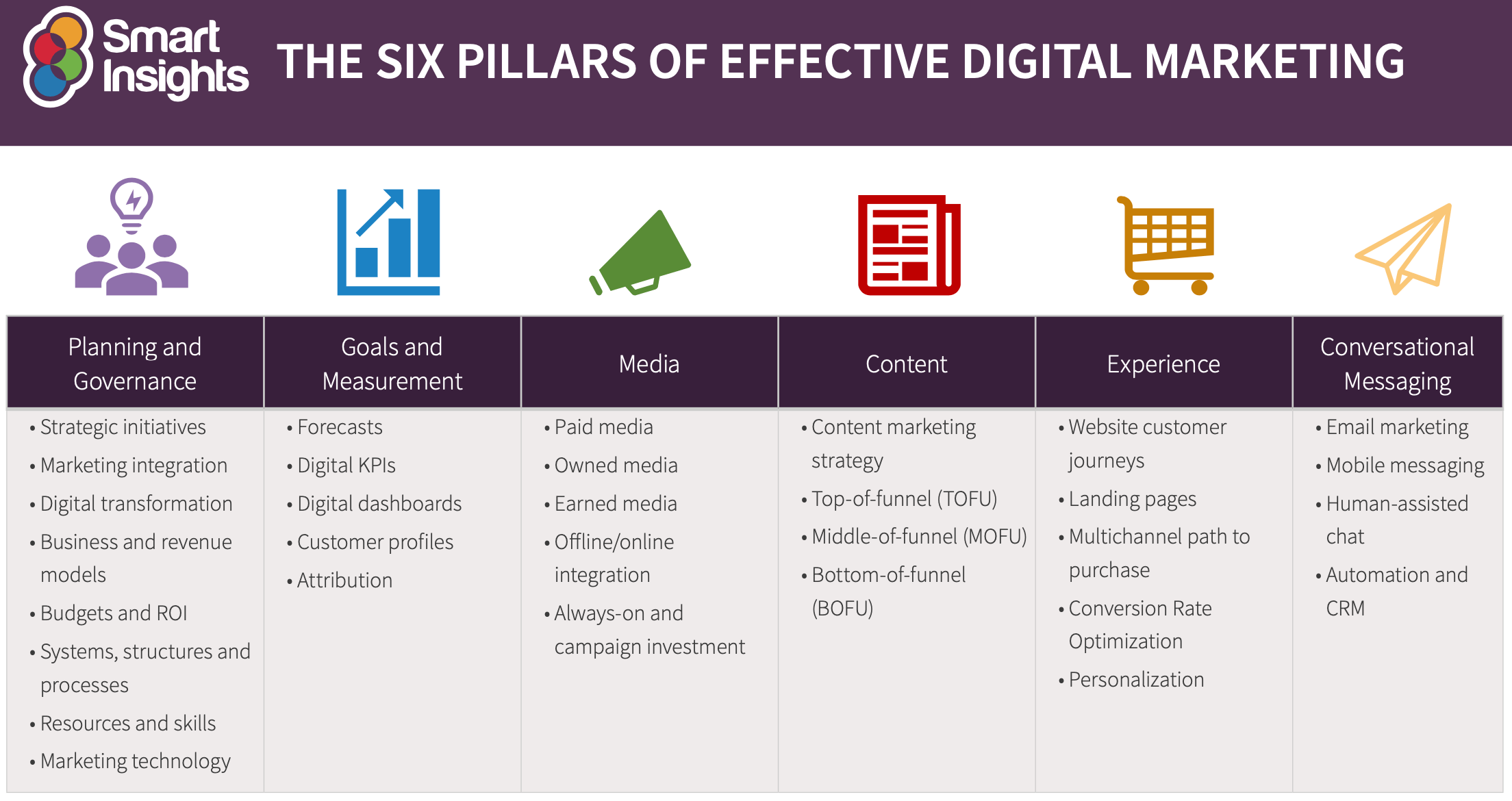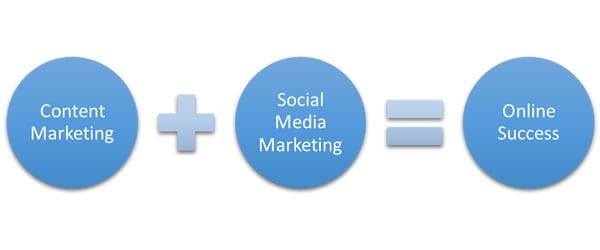
There are a variety of social media definitions, including Meme, Retweet, Mention, and more. These and more will be discussed in depth in this article. What are the differences in these definitions of social media? What are the advantages and disadvantages of each? Let's talk about Meme. A Meme is an internet-based text that consists of words or sentences, typically accompanied by a picture or gif. This type of social media is commonly referred to by the term "text box" on your computer monitor.
Meme
Memes are videos, images and clips with hidden messages. A meme is a cultural reference. It can be funny or serious. They are popular and often shared on social media, but their impact depends on how widely they are spread. You need to be aware of your audience and keep up to date on current internet culture, if you plan to create your own meme.
Retweet
You've likely heard the term "Retweet" if you ever wanted to make Twitter work for your business. This is a term that refers to a Tweet being re-posted from another user. It is important to be careful when using this term. You should not spam your followers using irrelevant information.
Meme sharing
For brands, meme sharing can be a powerful way to reach new markets. They're cheap to create, easy to share, and have the potential to go viral. To create a memorable meme, you need to first consider the type of content you are creating, as well as the audience and brand. Memes are a great way to spread brand messages to a wider audience than traditional marketing strategies. Mary Whitman writes and edits for Case Study Service. She lives with her family in Adelaide, Australia. She is passionate about sustainable development.

Mention
When it comes to business, one of the most effective ways to gain brand awareness and boost customer satisfaction is through the Mention process. In the process of monitoring Mentions, brands can gain valuable insight into customer needs and concerns. You can track the growth over time using line charts. Below are examples of Mentions that can be used on social media. These are important and should not be ignored. When you discuss social media, make sure to include this information:
Circles
In social media, circles are groups of people that share a common interest. Google+ circles represent a group or people who are connected at a social level. A circle can include anyone who is a member the same network. Circles are useful tools for building a social presence, including connecting with relevant influencers and tracking hot topics. It also helps to improve search engine rankings as having a large number of followers on Google+ will increase your page's ranking on Google.
Clickbait
Clickbait is a form of clickbait that has existed until very recently. Clickbait headlines were used to attract customers with falsehoods. Clickbait can also include fraud or misrepresentation online, as well as malicious code. Clickbait, despite these subtleties, has been under scrutiny and is now subject to different definitions and policies. The purpose of creating social media content is to engage readers and have them participate in a conversation. However, it's not intended to exploit their emotions nor mislead people into buying.
Searches in real time
The real-time social media search offers many advantages over previous years. It can help you identify trends, find the best content to promote, and it can also help you determine which topics are most popular. These tools enable you to search social networks such as Facebook and Twitter in real-time without needing to wait for the results. You can easily navigate your found posts, edit them, and even customize sentiment metrics. Then, you can export your data in bulk CSV or RSS.

Native advertising
While native advertising on social networks is very common, it can prove difficult to identify the best platforms for your business. The FTC recognizes ads that push products or services. Native ads can be very persuasive, but they are not always convincing. For example, an article-style native ad may mention a product or service peripherally, without overselling. The same holds true for native video ads. Native video advertising, while difficult to measure at times, is a great way of increasing engagement with your content.
FAQ
What is the primary goal of content marketing?
Content marketing provides valuable and relevant information to customers. This can be done by various channels like email campaigns, whitepapers, or blog articles. Delivering value is key.
Do I really need to hire an agency to do content marketing?
No! It is possible to create high-quality content online with a variety of tools. Agents tend to be more expensive.
How do I measure success in content marketing?
There are many methods to determine the effectiveness and efficiency of your content marketing strategy.
Google Analytics is one of the best measurement tools. This tool lets you see where your targeted traffic comes from and what pages they visit most frequently.
It also gives you an indication of how long each visitor stayed on your site before leaving.
You can then use this information to improve your content to get people's attention and keep them engaged for more extended periods.
Another method of measuring the success of your content marketing efforts is to ask yourself these questions:
Are my new subscribers getting any value out of my email newsletters? How much of my entire mailing lists have become paid members? How many people have clicked through to my landing page? Are people who click through more likely to convert than others?
These are all important metrics to track and monitor over time.
A third great way to measure the success of content marketing is to count how many people share your content through social media.
Start now if you don't already. It could mean the difference between being seen and unseen in your industry!
What are the seven steps of content marketing
The seven-step process of content marketing involves:
-
Identify the problem
-
Learn more about what's happening now
-
Create new ideas
-
These strategies can be developed
-
These are the best!
-
Measuring the results
-
Keep going with the same process until something works.
This strategy is practical for both large and small businesses.
What length should my content marketing campaign last?
It depends on the industry and what type of product or service is being offered.
You might spend one to three months designing a new pair of shoes if you are selling shoes. You might launch the new product in August, and then keep it updated throughout the year.
If you sell clothing, you may design one look for fall as well as another for spring. You should always offer something new to your audience so they never get bored.
Your goals will determine how long your content marketing program can last. For small-scale companies, one channel may be sufficient. You may need multiple channels for larger companies to reach a wide audience.
What if I post only links to other sites' content.
Yes! It's known as link building. It's a great way increase traffic to your site by linking to other sites. Links to credible sources should only be included.
Statistics
- Content marketing produces 3X more leads per dollar spent. Content marketing costs 62% less than traditional marketing. (criteo.com)
- To further show the importance of this, 89% of people have stopped doing business with a company because of a poor experience. (neilpatel.com)
- We found that 40% of businesses don't have a documented strategy yet. (semrush.com)
- According to research compiled by Coschedule: Companies that publish 16+ blog posts a month get as much as 3.5x as much traffic as those that publish 0-4 posts a month. (criteo.com)
- Seventy-two percent business to business (B2B) (mailchimp.com)
- According to our research, 65% of companies with very successful content marketing in 2021 ran content audits at least twice a year. (semrush.com)
- Out of the 1,500 marketers we surveyed for our State of Content Marketing report, 78% who felt their content marketing strategy was exceptionally effective in 2021 had documented their strategy. (semrush.com)
- Measure your goals with a progress indicator of 0-100%. Make your goals collaborative and transparent (semrush.com)
External Links
How To
How to Write a Press Release That Is Effective
Press releases can be a powerful way to establish authority and credibility in your field. You can also build relationships and connections with journalists, as well as other influential contacts.
Many business owners are unable to create compelling press releases due to lack of the required skills.
Here are some tips that you can use to create your next release.
Know Your Niche
Before you can start writing your press releases, you must first understand your niche. This is how you identify your niche, your strengths and weaknesses, and what makes each of you stand out from the rest.
For example, suppose you're a real estate agent. If this is the case, you may want to include information about your professional affiliations. This could include the association you belong too and how many years you've been in the business. Perhaps you could mention your experiences working with clients or providing exceptional customer service.
Keywords Included in Your Title
Your press release title is often the most important section of the document. This is the most important section of your press release that search engines will see, so you need to grab people's attention right away.
The best titles include keywords related to your product or service. If you are selling custom-made wedding gowns, you might use terms like wedding gowns, bridal dresses, or custom wedding dresses.
Make Sure Your Headline is Relevant
Your headline is your first line in a press release. Your headline is what people read first so it must be relevant and catchy.
If you're writing a press statement for the first-time, it's likely you won't know what type of content works best. So, try testing various headlines against each other. Find out which headlines have the highest click rates.
Google also allows you to do a search for the company name, along with "press releases". You can get a good idea of the types of topics that work best by looking at the top results.
You may have heard the expression, "Write for your own sake, but publish for other people." True, but it's important to think about who your audience is before you simply create a press statement.
A Purpose
Most press releases contain three sections:
Each section contains specific elements that help readers quickly grasp the main points of your message.
Executive summary
This section is the shortest, and most detailed part of your press release. It is usually one paragraph that summarizes the contents of your press release.
Body
This is where you provide details about your product or service. Use this space to explain why your products or services are beneficial.
Conclusion
This is your final section of the press release. It contains two paragraphs. First, summarize the key messages from your body. Your business should be positive.
Here's a example conclusion:
"My new book offers practical advice to anyone who wants to improve their fitness and health. I hope you find my book helpful in reaching your personal goals.
Make sure to include URLs
It's a good practice to include a link on a press release to your website. Did you know that there are many types of links?
Take a quick glance at the different links you should add in your press release.
-
Email: Send a press release to the Internet by including a URL.
-
Social media: Add social sharing buttons to your website. If a user shares your press release, they will automatically link back to your site.
-
Blog: Write a blog post about the press release. Include a hyperlink to your press releases in the text.
-
Website: Use the URL in your press release to link directly to your site.
-
Directory Submissions: Send your press release to directories like Digg or Yahoo! Press Release Directory.